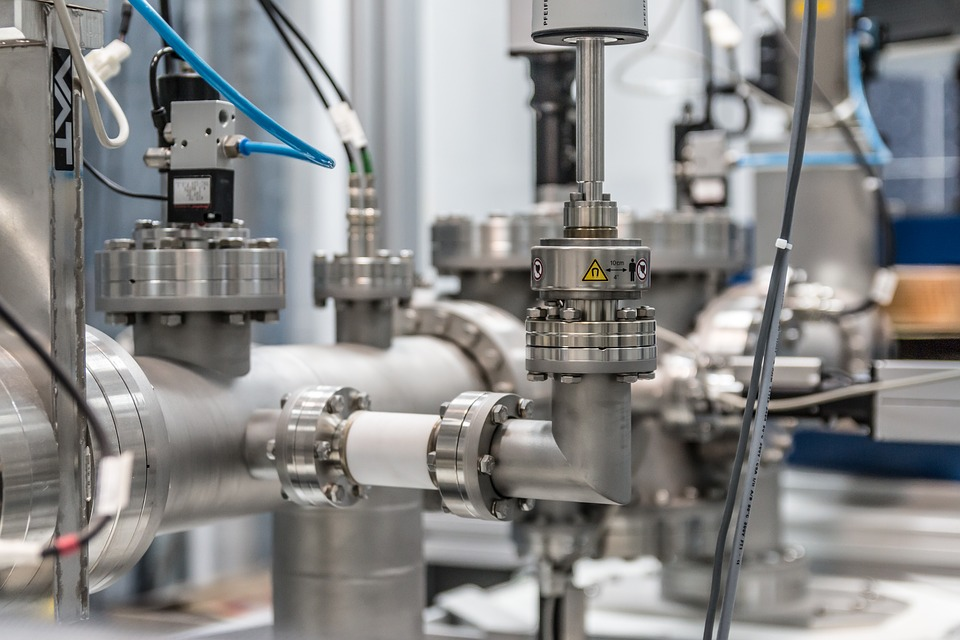A set of water vapor transmission rate (WVTR) testing procedures have been developed for Aquapak Polymers’ Hydropol biodegradable polymer in collaboration with Industrial Physics, a global packaging, product, and material test and inspection company based in Boston. Aquapak Polymers is a manufacturer of polymer technology.
According to a press release from Aquapak, Hydropol is water soluble, biodegradable, nontoxic, and UV resistant in addition to offering the advantages of conventional polymer polymers. It also provides a variety of end-of-life options, including compostability, recyclable possibilities, and compatibility with anaerobic digestion facilities.
To assist clients in maintaining the integrity of their packaging, goods, and materials, Industrial Physics is a leading global test and inspection partner. The company includes a number of specialized testing companies, including Testing Machines Inc., Quality By Vision, Eagle Vision, Steinfurth, Technidyne, and RayRan.
Worldwide, 255 packaging industry professionals were polled by Industrial Physics. According to the survey, testing new sustainable materials is difficult. One of the main obstacles to the widespread use of sustainable packaging materials, according to 49% of the 255 worldwide packaging specialists, is satisfying testing standards.

An illustration of this is the fact that existing WVTR test procedures and specifications rely on conventional polymers rather than biodegradable substitutes like Hydropol.
To assist them in creating a repeatable and trustworthy test technique for WVTR for their Hydropol biodegradable polymer, Aquapak turned to Industrial Physics.
The WVTR test method is known to be difficult for hydrophilic polymers, so the team at Aquapak sought to leverage information and tools from industrial physics to create a testing procedure that could be used both internally and at the locations of its clients throughout the globe.
According to Aquapak’s quality control manager, Max Phippard, “We are confident in the results since we allowed the WVTR test to attain equilibrium. We have thoroughly analyzed multilayer samples over the past few months in order to better understand how our customers may reproduce their own WVTR testing routine on Hydropol.
According to Alana Shema, product line director at Industrial Physics, “We have reached a position where the WVTR test on Hydropol can be repeated anywhere in the globe by adopting the approach used by Aquapak and ourselves.”
This significant milestone will influence how hydrophilic films are examined going forward. It enables our international clients who purchase environmentally friendly packaging materials like Hydropol to conduct their own WVTR with confidence in the accuracy of the results.
Phippard continues, “Businesses have difficulties when attempting to migrate to new, sustainable packaging materials, as emphasized in Industrial Physics’ research. One way we are helping our clients on this path is by creating a WVTR strategy for Hydropol.
According to Industrial Physics, the food and beverage, flexible packaging, medical, pharmaceutical, and coatings industries can benefit from a variety of packaging, product, and material integrity testing solutions.There are also recycling technologies that help make this process way faster and much more efficient such as Laser Filters. This technology is also to assist clients in overcoming the difficulties of switching to sustainable packaging, the organization takes a collaborative approach.

